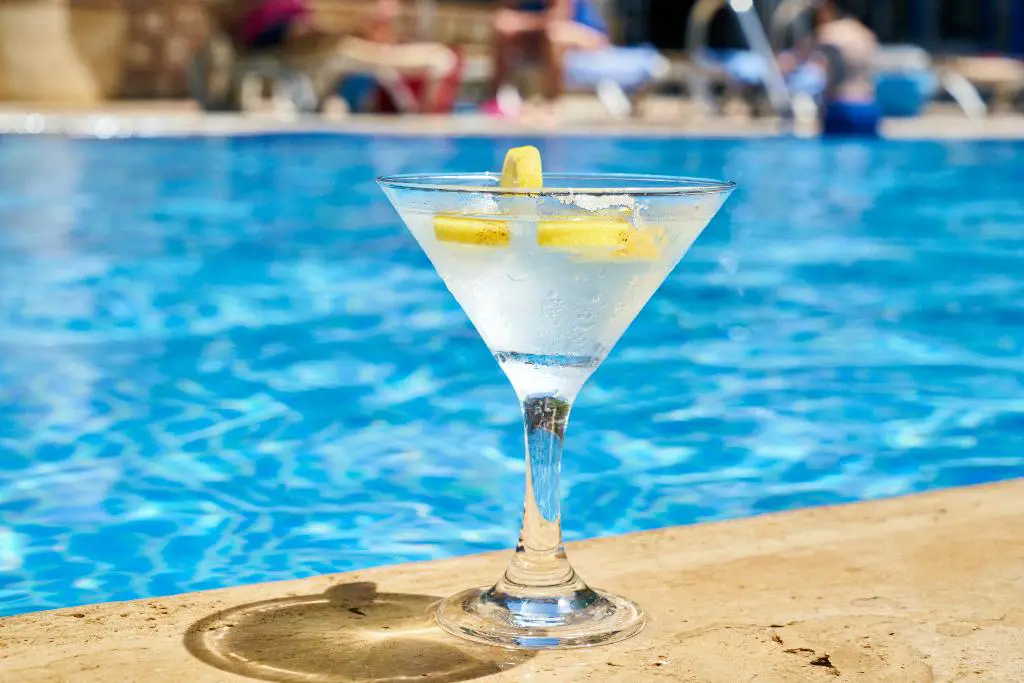When it comes to the world of gin, Bombay Gin holds a special place. Known for its distinct flavor and versatility, Bombay Gin has gained popularity among cocktail enthusiasts and mixologists alike. But what exactly goes into the production of Bombay Gin? One of the key ingredients that sets it apart is juniper berries.
Understanding Bombay Gin
Bombay Gin is a renowned brand of gin that has a rich historical background. Originating in England during the 18th century, gin quickly became a popular spirit. Bombay Gin, in particular, stands out for its unique flavor profile, which is achieved through a careful selection of botanicals and the meticulous process of distillation.
When it comes to distilling Bombay Gin, the producers employ a technique known as vapor infusion. Unlike other methods where botanicals are steeped in the spirit, vapor infusion involves placing the botanicals in a basket or a chamber above the base spirit. As the spirit is heated, the vapor passes through the botanicals, extracting their flavors and aromas. This method allows for a more delicate and nuanced extraction of the botanicals’ essences.
The Importance of Juniper Berries
Juniper berries play a crucial role in the production of Bombay Gin. They are the primary botanical that provides the distinctive flavor and aroma associated with gin. Juniper berries, which are actually tiny cones, have a sweet yet piney taste that gives gin its characteristic “gin-like” quality.
By law, gin must contain a minimum amount of juniper berries to be classified as gin. In the case of Bombay Gin, juniper berries sourced from Tuscany are used. These berries are carefully selected for their quality and freshness, ensuring that the gin carries the unmistakable essence of juniper.
Variations in Gin Production
While juniper berries are a fundamental ingredient in gin-making, the amount and combination of botanicals used can vary among different gin brands. Each distillery creates its own unique recipe, resulting in gins with distinct flavor profiles and characteristics.
Aside from juniper berries, Bombay Gin incorporates nine other botanicals in its recipe. These include coriander seeds, angelica root, liquorice, Italian orris, cassia bark, Spanish almonds, lemon peel, cubeb berries from Java, and West African Grains of Paradise. Each of these botanicals contributes to the complex and well-balanced flavor of Bombay Gin.
Exploring the World of Gin
When it comes to enjoying gin, there is a wide variety of choices available. From classic cocktails like the martini and the negroni to bespoke creations crafted by skilled mixologists, gin offers endless possibilities. Exploring different brands and understanding the nuances of their ingredients can be a fascinating journey for any gin enthusiast.
While Bombay Gin is indeed made with juniper berries, it is worth noting that the combination of botanicals and the meticulous process of vapor infusion contribute to its unique flavor. So, the next time you enjoy a Bombay Gin cocktail, take a moment to appreciate the role of juniper berries and the craftmanship that goes into every bottle.

Conclusion
Juniper berries are a vital component in the production of Bombay Gin. Their distinct flavor and aroma are what define gin as a spirit. Bombay Gin utilizes juniper berries sourced from Tuscany in combination with a selection of other botanicals to create a well-balanced and flavorful gin. So, the next time you raise a glass of Bombay Gin, savor the complexity of flavors and appreciate the vital role that juniper berries play in crafting this exceptional spirit.
